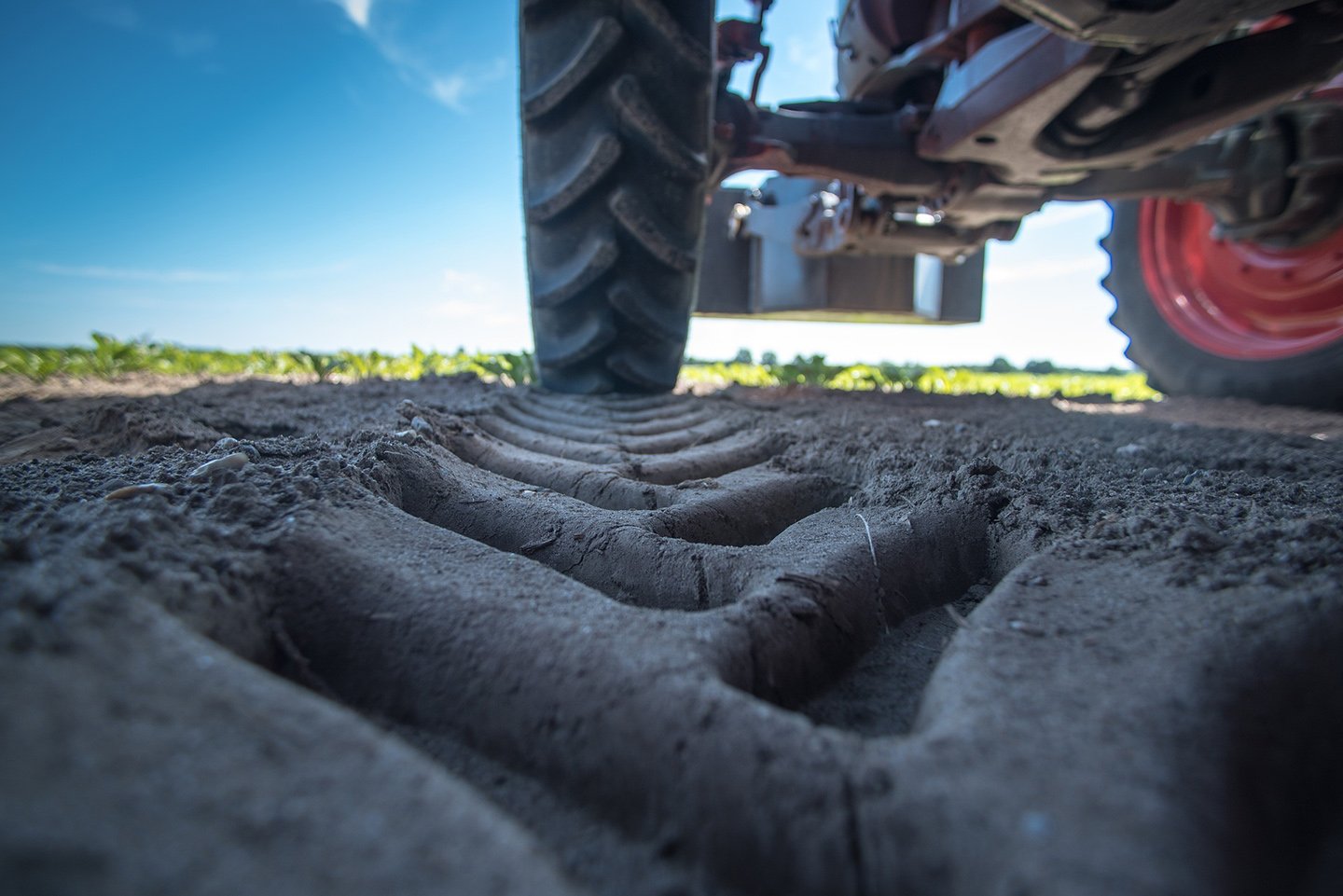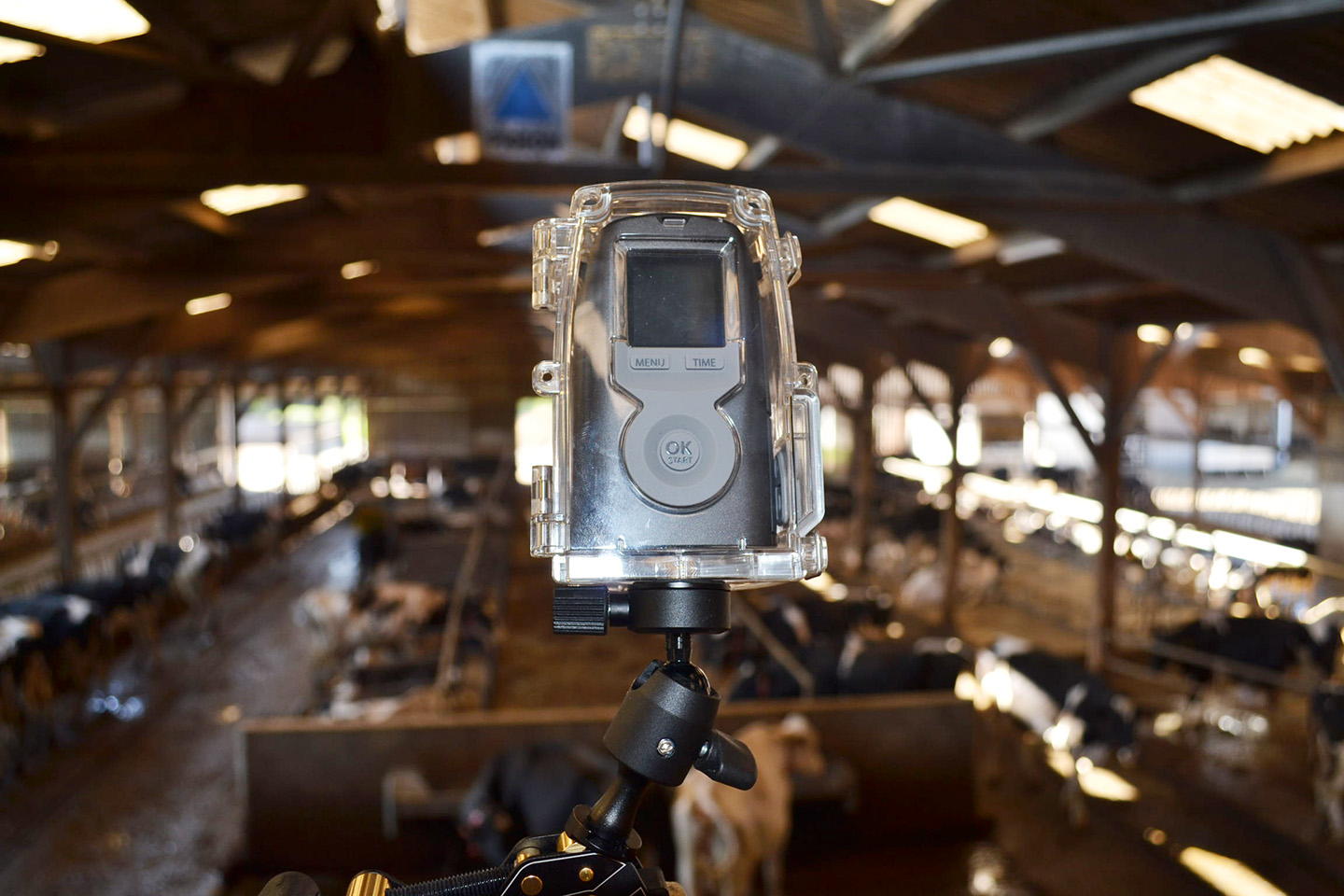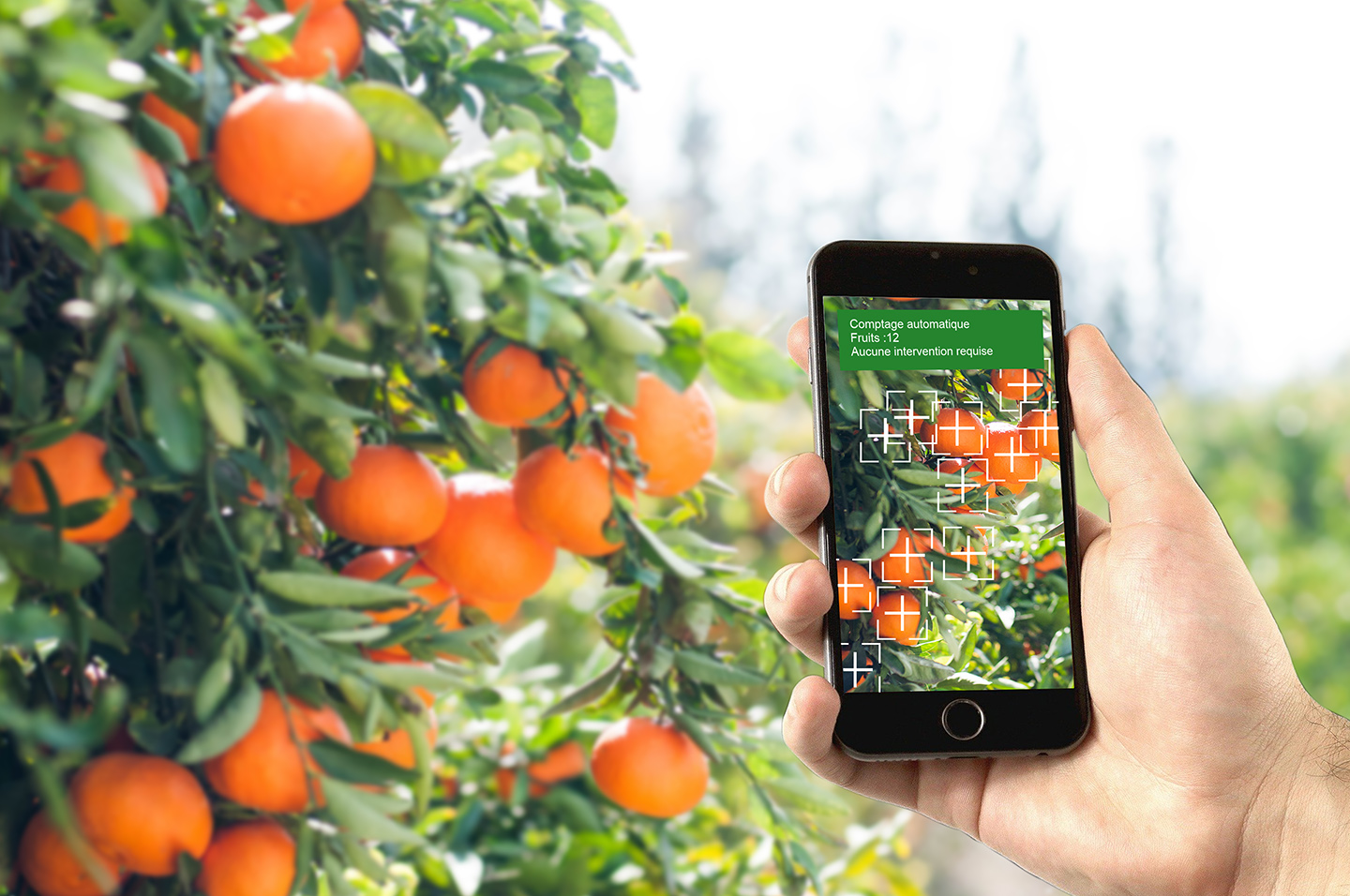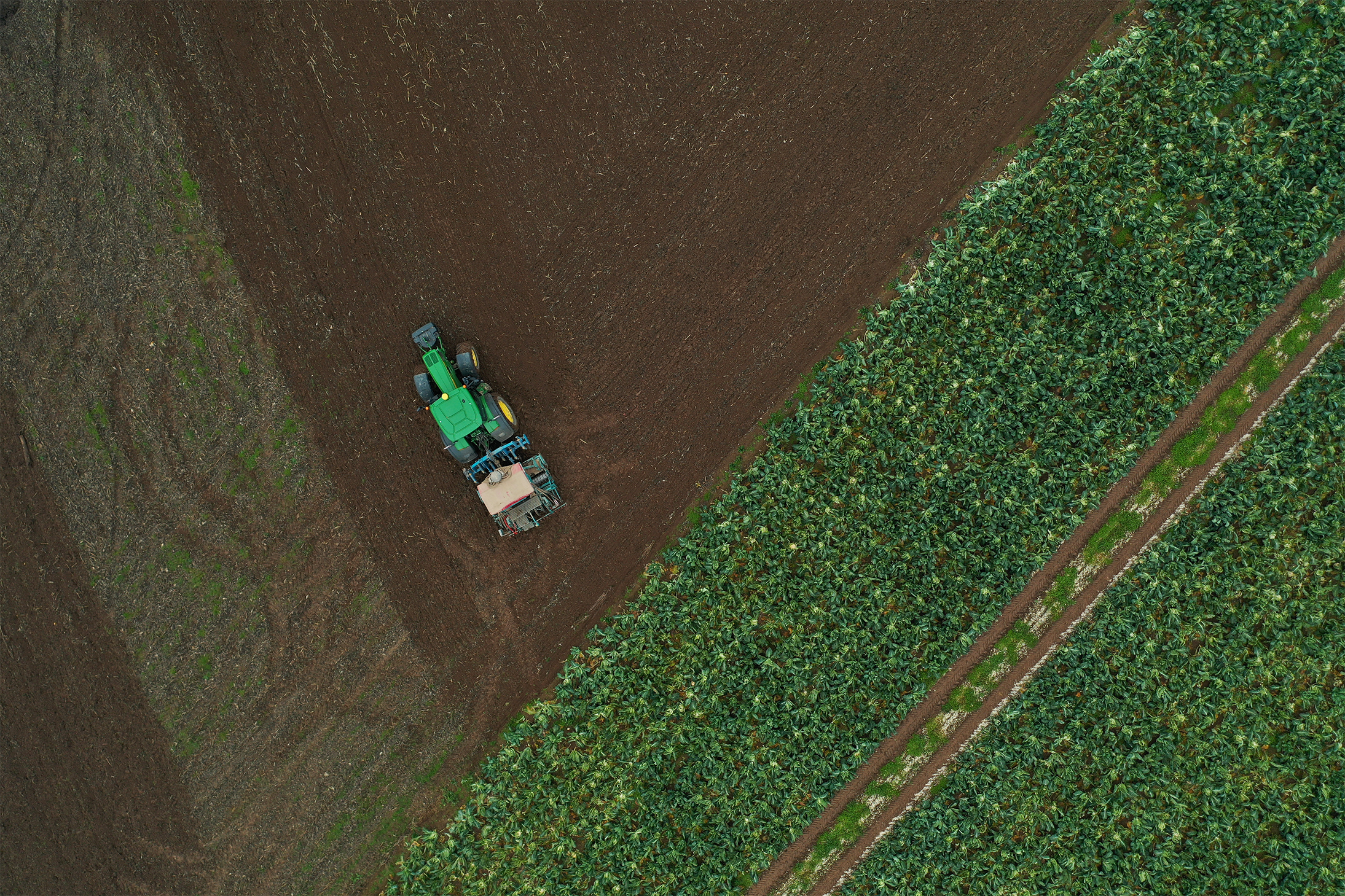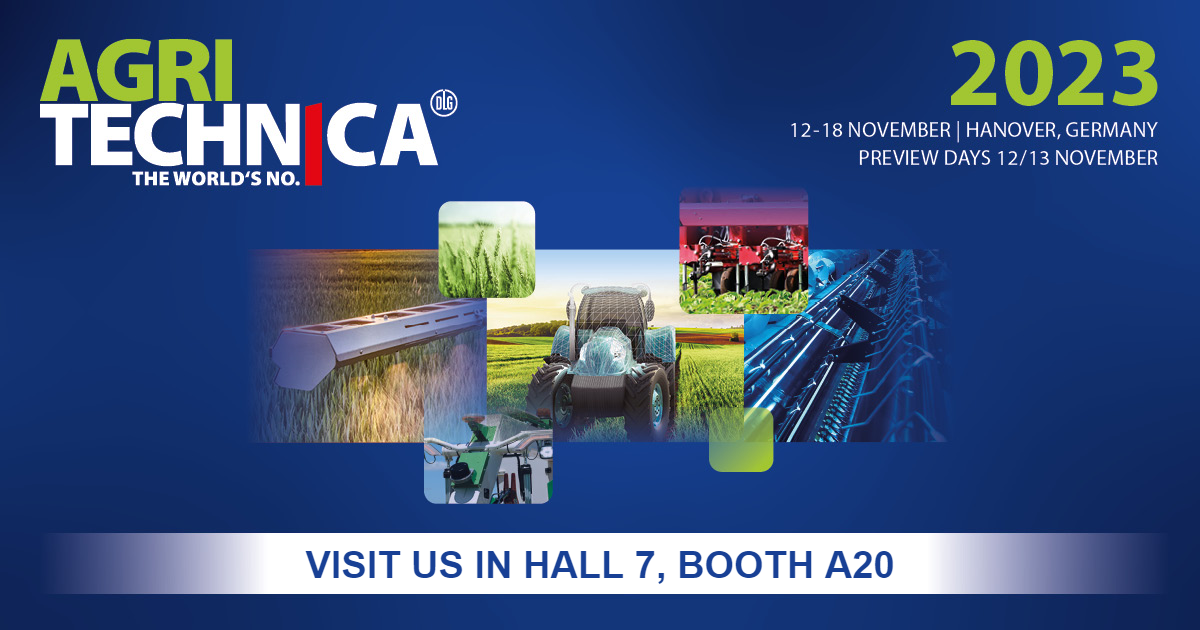[PRESS RELEASE]
Rennes, 16 January 2023. Dilepix, an Agtech startup from Rennes, France, expert in artificial intelligence and computer vision, develops custom software for major manufacturers of agricultural machinery and robotics. These vision-based software programs allow, via the perception of the environment by the machines, to automate the collection of data or the automation of tasks through robotic control.
To do this, Dilepix relies on the images and video streams of cameras embedded in agricultural machinery to detect, locate and interpret situations of interest that require special monitoring or specific action.
Dilepix is known for its solutions in livestock production (measurement of cattle and pig activity, ovulation detection, detection of aggressive behaviour, automatic insect counting, etc.) and crop production (disease detection, yield forecasting, etc.), but the startup has also been working for several years on projects in machinery and robotics, which until now have been carried out in strict confidentiality.
👉 It is now possible to communicate on some projects such as those conducted with the company ManuRob (a subsidiary of the M-extend group) which presented its electric and autonomous robot LOADIX exclusively at the last SIMA, as well as with the AGCO Group.
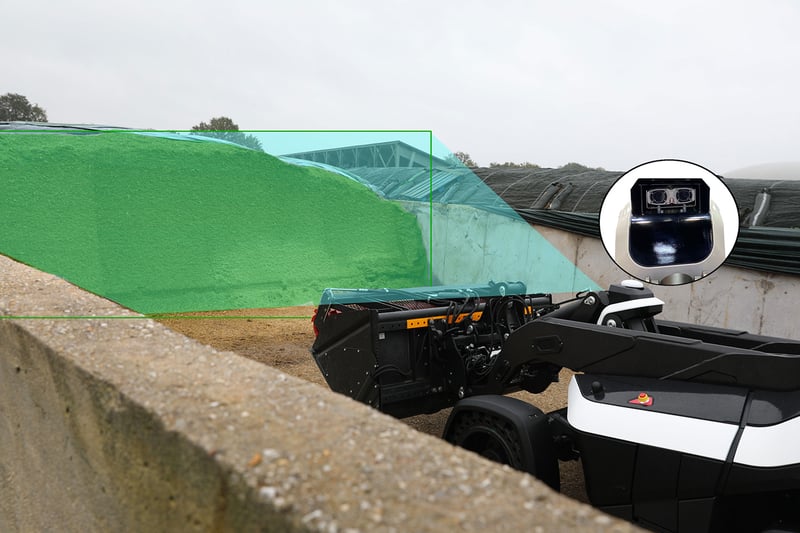
(Software for detection and localisation of the material loading point, embedded in the LOADIX©️ handling machine )
ManuRob and Dilepix have been collaborating for 4 years on the detection and localisation of the optimal loading point of the material to be transported by the LOADIX robot.
One of its special features is its ability to move organic matter (in silos or in bulk) from point A to point B in the farmyard completely autonomously.
👉 Read more about our collaboration with ManuRob
#1 Dilepix helps its customers to automate the tasks of robots and agricultural machines
Dilepix designs for manufacturers of agricultural machinery and equipment, custom AI technology bricks or pre-trained models embedded directly in their machines (robots, automats, tractors, harvesters, handling equipment...).
To do this, the start-up offers them different levels of services according to a proven methodology in 4 steps:
Step 1: Feasibility study
The feasibility study contains all the information needed to decide on the next step of the project:
- A literature review on the state of the art and a selection of the best computer vision and artificial intelligence methods

- An evaluation of the performance of the previously selected methods
- Recommendations on data acquisition methods (sensor specifications, acquisition protocol, etc.)
- The dimensioning of the integration stage of the Proof of Concept - POC
- Details of the effort required in the qualification stages (definitions of the performance levels and the given quantities required to reach each level).
Step 2: POC
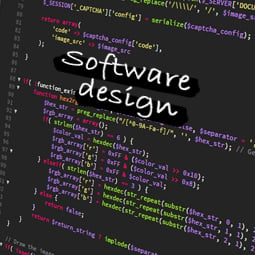
During the POC (proof of concept) integration phase, the Dilepix team develops and deploys an embedded version of the software. The information contained in the feasibility study allows the customer to select the best sensor and the appropriate computing device (dedicated on-board vision computer).
The integration of the Dilepix solution into the machines will allow them to be tested in experimental farms and will help the R&D teams to work together to achieve the expected performance.
Step 3: Qualification
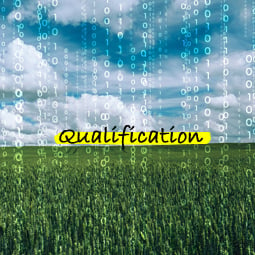 During the qualification phase, the software is integrated into the machine and a process of enhancing its capabilities begins.
During the qualification phase, the software is integrated into the machine and a process of enhancing its capabilities begins.
The data is collected by the client's R&D team and/or the Dilepix team through integrated POC devices. The data collection targets are based on the recommendations of the feasibility report.
The qualification is organised in several phases, from the nominal case environment to the MVP* case environment (minimum conditions under which the solution must work to be sold).
* MVP: Minimum Viable Product
Stage 4: Industrial integration
 During the industrial integration phase, Dilepix provides support for the deployment of the solution.
During the industrial integration phase, Dilepix provides support for the deployment of the solution.
The startup designs interfaces and improves calculation algorithms so that the solution is fully integrated into the customer's product.
#2 Some use cases that can be developed with Dilepix :
- Autopilot,
- Automatic guidance,
- Precision detection,
- Object/matter recognition and location,
- Automatic handling...
Advice on sensor selection
Depending on the intended use case, Dilepix advises its customers on the technical specifications of the sensor. The customers responsible for the purchase and integration of the sensor then make their choice according to the specifications communicated by Dilepix and their integration and after-sales service constraints.
#3 Dilepix to exhibit at World FIRA: the agricultural robotics exhibition
The Dilepix team will participate in the World FIRA from 7 to 9 February 2023. To meet the team, go to the exhibition zone - stand 24!

👉 Learn more about our presence at the FIRA world
About Dilepix
Dilepix's know-how combines expertise in artificial intelligence (neural networks developed in-house by its engineers) with advanced skills in image analysis. The combination of these two technological building blocks enables ultra-precise detection and localisation of agronomic threats and opportunities. Developed in the laboratory and tested by major industrialists, the technology used by Dilepix is patented.
Founded by Aurélien Yol, a former research engineer at Inria, and Alban Pobla, a serial entrepreneur, Dilepix was created in 2018. Hosted and supported by Inria's Startup Studio, then by Le Village by CA Ille-et-Vilaine until 2020, the young company is now flying under its own steam and has 12 employees.
Dilepix was the winner of the prestigious iLab competition [1] in 2019 and participated two years in a row (2018 and 2019) in the CES in Las Vegas. Dilepix is also a 2021 winner of the innovation competition organised by the AGCO Group and CETIM.
Dilepix is aimed at veterinary groups, pharmaceutical companies, startups, agricultural machinery and robot manufacturers looking to incorporate more innovation into their product and service offerings.
Dilepix is derived from the scientific name of the chameleon "dilepis", an animal with excellent visual skills.
[1] concours national d’aide à la création d’entreprises de technologies innovantes créé en 1999 par le ministère de l’Enseignement supérieur et de la Recherche http://www.enseignementsup-recherche.gouv.fr/pid24633/concours-d-innovation-i-lab.html
